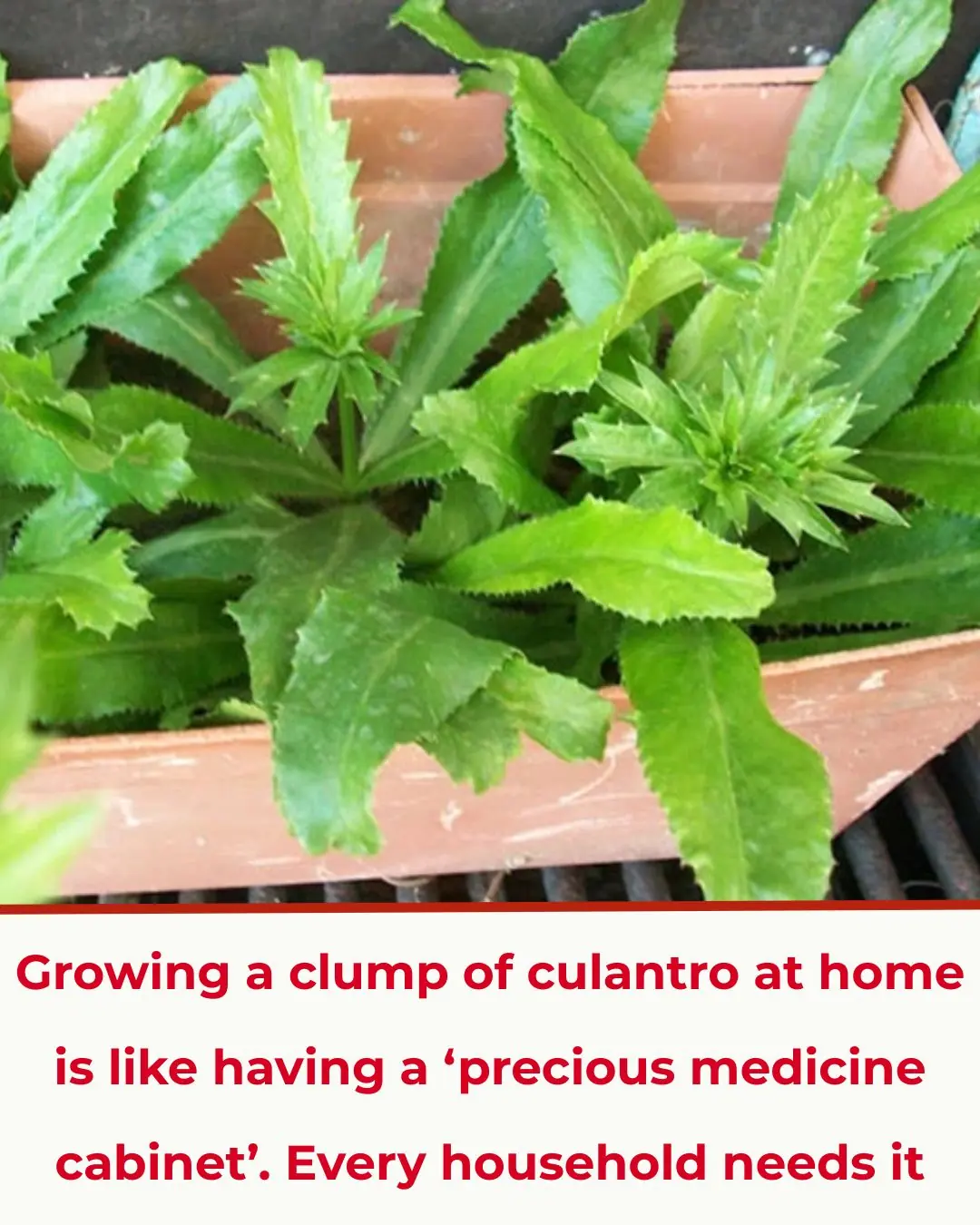
“Got Tomatoes That Flower But No Fruit? Here’s Why & How to Fix It”
Tomatoes are a staple of many home gardens thanks to their flavour, versatility and satisfying harvest. Yet one of the most common frustrations gardeners face is seeing healthy tomato plants that bloom profusely — then fail to set fruit. You’ve done the planting and the flowering, but the tomatoes don’t form. The key to solving this lies in understanding why those flower clusters aren’t converting into fruit, and making targeted fixes. In this article, we’ll explore the root reasons behind the “flowers but no fruit” issue and walk you through practical, research-backed solutions to help get your plants producing.
Understanding the Tomato Flowering & Fruit-Set Process
Tomato plants go through a specific cycle: first they produce flower buds, then open flowers, then pollination must occur, and only then can the flower develop into a fruit. Unlike many plants, tomato flowers contain both male (stamens) and female (pistil) reproductive parts, making them self-pollinating. However—successful fruit set still relies on several supportive conditions including adequate pollen transfer, good environmental conditions, and proper nutrient and water status. If any one of those steps is disrupted, you may end up with flowers that simply drop off or never turn into fruit. According to the University of California Cooperative Extension, “failure of tomato blossoms to set is most often caused by the plant under stress from temperature, drought, or nutrient imbalance.” (ucanr.edu)
Common Reasons for Lack of Fruit Set
Here are the major issues that prevent tomato flowers turning into fruit — and what you can do about them:
-
Inadequate Pollination
Although tomatoes are self-pollinating, they still need light movement of pollen. In indoor or greenhouse settings, or in still air, pollen may not fall to reach the pistil. Lack of wind, inadequate insect activity, or insufficient vibration can mean flowers don’t get fertilised. Hand-vibrating the plant stems or using a small fan can mimic natural movement and improve fruit set. (gardeningknowhow.com) -
Extreme Temperatures
Tomatoes are sensitive to both high and low temperatures. If daytime temps climb above ~85°F (29°C) and nighttime temps are above ~70°F (21°C), the plant may drop blossoms rather than set fruit. Similarly, if temperatures dip below ~55°F (13°C), fruit set can cease. The plant shifts its energy to survival rather than reproduction. (michiganstateuniversity.blogspot.com)
Fix: Use shade cloth during hot spells, or row covers / move pots indoors during cool nights. Plant varieties suited to your climate timing. -
Nutrient Imbalances
Too much nitrogen often leads to lush green leaves but few or no fruits — because the plant uses its energy for foliage not blooms/fruit. Conversely, if the soil is deficient in phosphorus or potassium (elements important for flower development and fruit-set), you’ll see poor results. Soil testing and using a “tomato-fertiliser” blend (moderate N, higher P & K) helps. (extension.umn.edu) -
Watering Issues
Tomatoes require consistent moisture; fluctuations stress the plant and may cause blossom drop. Over-watering can reduce oxygen to roots, under-watering causes stress. Mulching helps moderate soil moisture. Drip irrigation or a soaker hose gives steady water. (gardeningknowhow.com) -
Pests & Diseases
While less common than environmental or nutritional issues, pests (aphids, whiteflies) or diseases (blossom-end rot, fungal infections) can interfere with the flower-to-fruit transition. Pre-emptive monitoring, hygiene and prompt treatment help. (ipm.ucanr.edu) -
Genetic / Variety Factors
Some varieties merely produce less fruit, or are not ideal for your specific climate. Indeterminate varieties (which grow and fruit all season) differ from determinate types (which set a fixed number of fruits). Match variety to growing season and environment. (ohioline.osu.edu)
How to Encourage Fruit Set in Tomatoes
Here are targeted strategies you can implement to improve fruit-set:
Improving Pollination
-
In greenhouse or indoor systems, gently shake the plant stems or use a brush to tap blossoms so the pollen falls.
-
Ensure good airflow by spacing plants and using a fan if needed.
-
Encourage insect pollinators outdoors by growing companion flowers and avoiding broad-spectrum insecticides.
Managing Temperature Extremes
-
Plant early/late enough to avoid the hottest parts of summer or the coldest nights of early spring.
-
Use shade cloth (30-50% shade) when daytime temps exceed ~90°F (32°C).
-
At night, protect plants with covers or bring potted plants indoors when night temps drop below ~55°F (13°C).
Balancing Nutrient Levels
-
Test soil or use a soil-kit; aim for moderate nitrogen (not excessive) and sufficient phosphorus and potassium.
-
Use a fertiliser suited to tomatoes (often labelled “tomato feed”) around bloom time.
-
Avoid overfeeding with high-nitrogen fertilisers once flowers start; switch or reduce when fruit set begins.
Optimising Watering Practices
-
Water deeply and consistently; allow topsoil to dry slightly but not fully.
-
Mulch around plants to maintain soil moisture and temperature.
-
Avoid watering late in the day where possible (to reduce disease risk).
-
Check soil moisture with your finger or a probe: if the top 1–2 inches are dry, it may be time to water.
Controlling Pests and Diseases
-
Inspect plant foliage, flowers and stems regularly for insect pests and disease.
-
Remove any heavily damaged leaves/flowers.
-
Use organic controls (ladybugs for aphids, insecticidal soap) or appropriate chemical treatments sparingly.
-
Practice crop rotation and good sanitation in the garden to reduce disease carry-over.
Choosing the Right Varieties
-
Pick tomatoes that are well-suited to your climate and length of growing season.
-
For short seasons, determinate varieties may finish fruiting quickly; for longer seasons, indeterminate are better.
-
Choose disease-resistant varieties if your region has known common disease pressures.
Conclusion and Final Tips
Getting tomato plants to flower is great—but turning those blossoms into juicy fruit is the real goal. By understanding why fruit set sometimes fails, and applying the steps above—better pollination, temperature control, proper nutrients, steady water and variety selection—you’ll significantly boost your chances of a successful harvest. Monitor your plants, adjust when needed, and don’t give up if the first flush of blooms doesn’t set—they may just need better conditions. With consistent care, you’ll go from flowering to fruiting and enjoy the reward of home-grown tomatoes.
News in the same category


7 Health Problems That Can Arise If You’re Lazy About Drinking Water

10 Foods Cancer Cells “Love” – and Why Eating Them Daily Could Be Risky
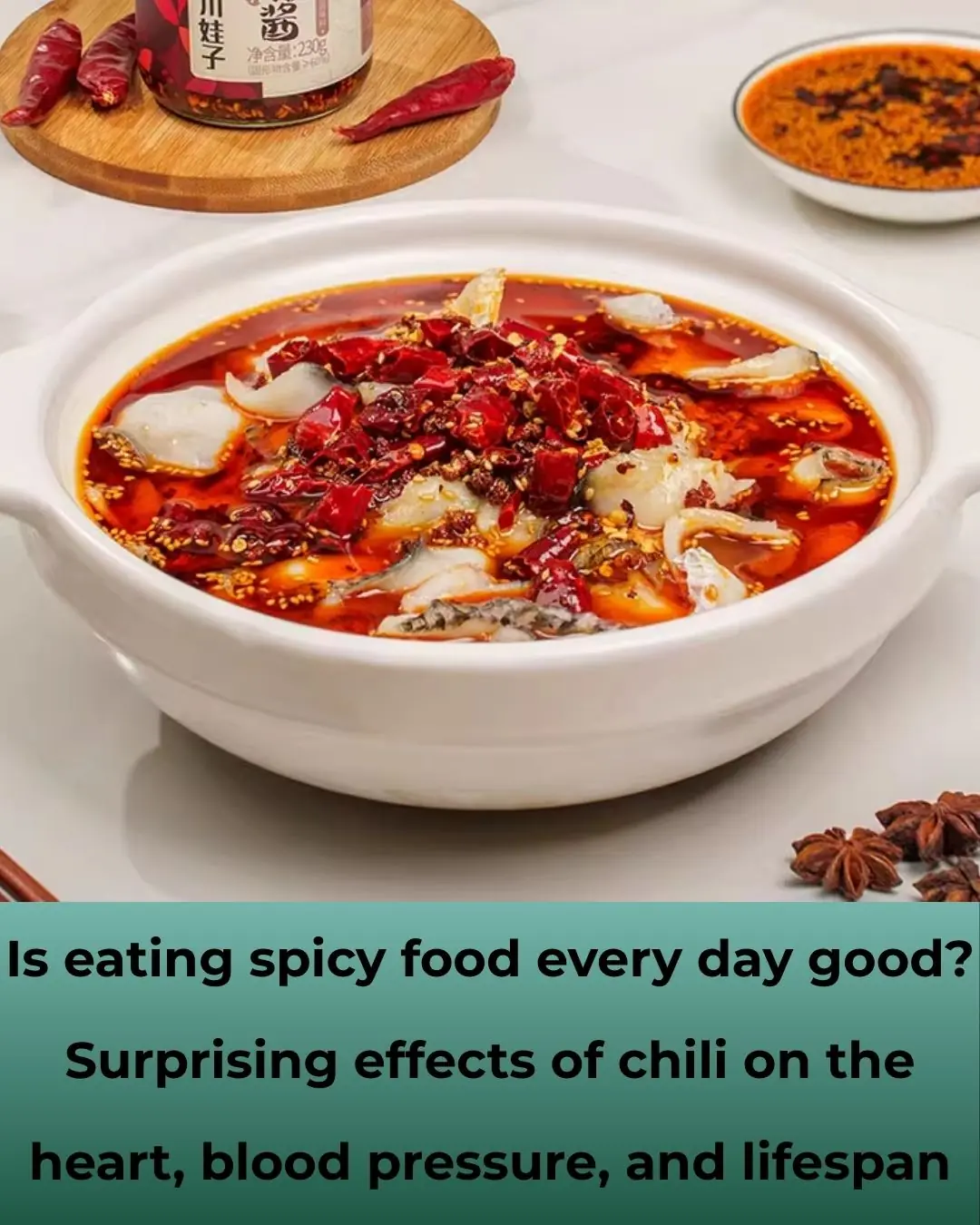
Is Eating Spicy Food Every Day Good for You? Surprising Effects of Chili on the Heart, Blood Pressure, and Longevity

If You’re a Gardener, Here’s Why You Should Collect as Many Pine Cones as You Can

You’re Doing It All Wrong. Here’s the Right Time to Actually Pick Tomatoes
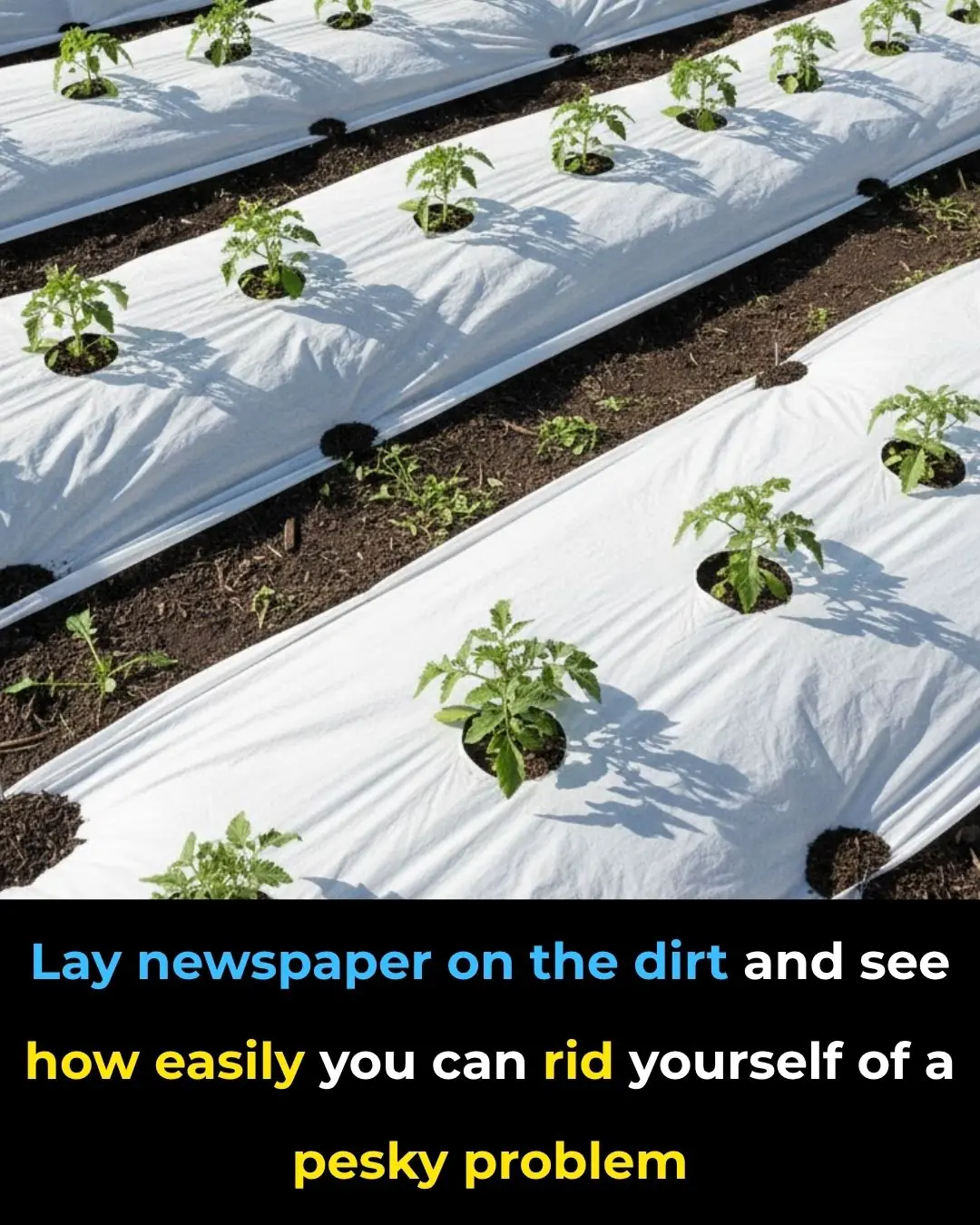
Didn’t Realize You Could Do This

‘He was a Snake’: Hugh Jackman’s Ex-Wife Plotting to Expose Everything Following the Actor’s Flirty Red Carpet Debut with Sutton Foster

6 Ways Dr. Martin Luther King Jr. Changed America

Howard Alumni Phylicia Rashad and Taraji P. Henson Surprise Student With a $25K Scholarship

Great-Grandmother Receives College Degree At 78-Years-Old

5 New Things To Teach Your Child About Bessie Coleman

This Family of Four Is Providing Black Families With Top-Rated Luxury Bookings

Celebrating Angela Davis: 5 Things You May Not Have Learned About the Iconic Activist

Huge blow for Cat Burns and Alan Carr ahead of Celebrity Traitors final as Brits back Faithfuls to win

Strictly pro Kai Widdrington ‘in trouble’ over brutal comment to Vicky Pattison: ‘So bad’

Why The Celebrity Traitors isn’t on BBC One tonight and when you can watch The Final and Uncloaked
“Now this method is so clever! Wish I thought of it!”
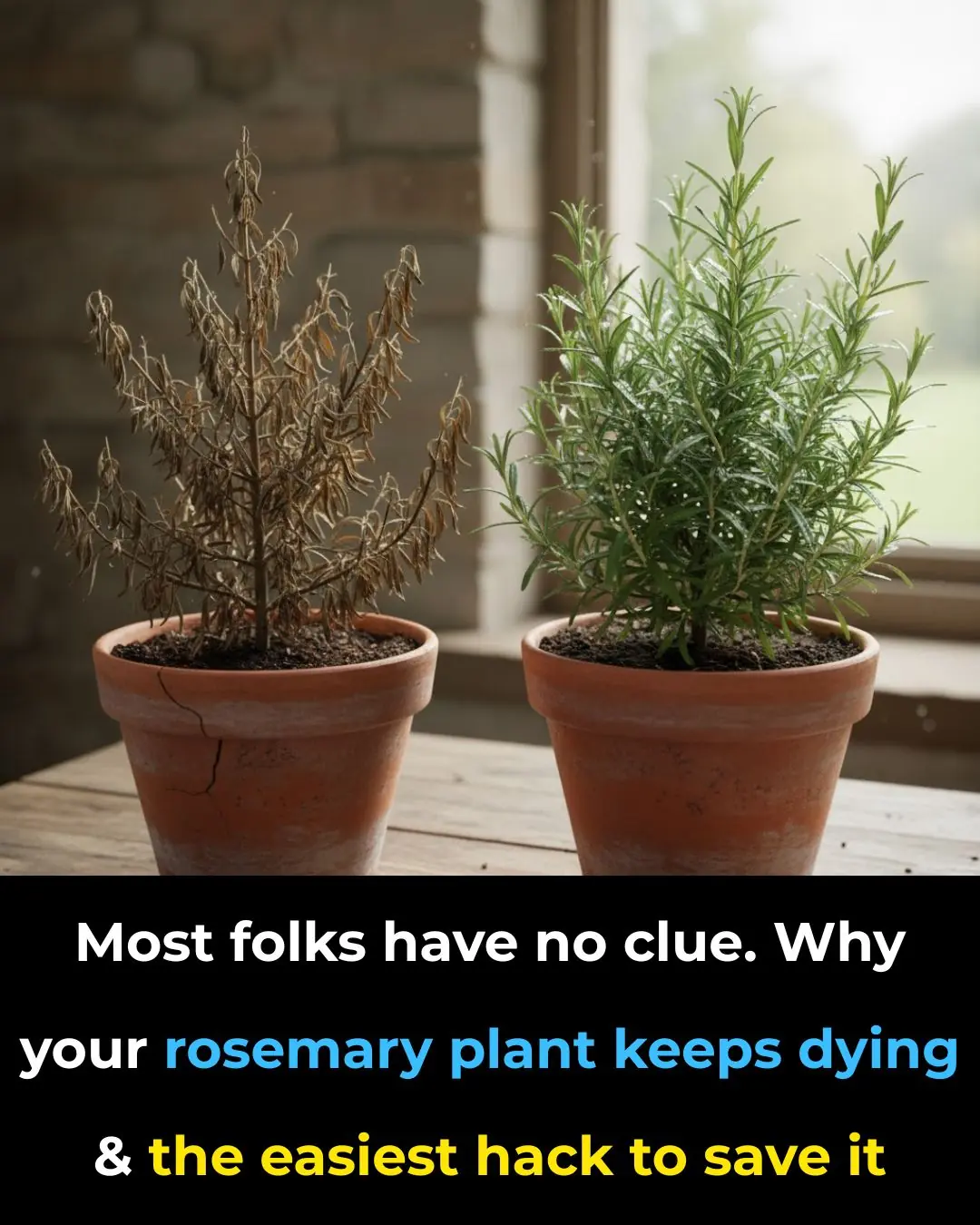
Why Your Rosemary Keeps Dying — And The Easiest Hack To Save It
News Post
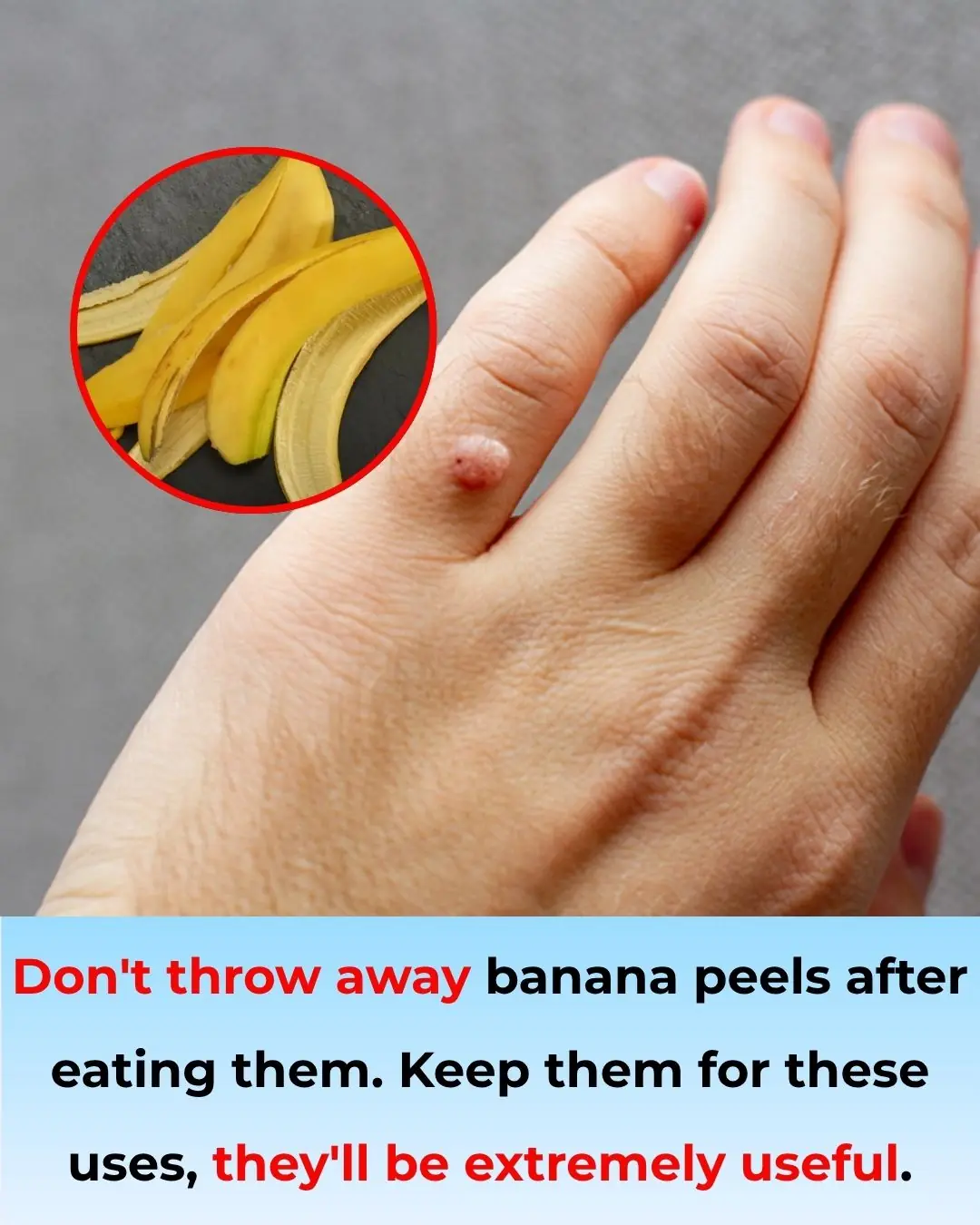
Don’t Throw Away Banana Peels! Keep Them for These Surprisingly Useful Purposes

Wooden Cutting Board Mold and Odor? Soak It in This “Solution” and It Will Be Spotless
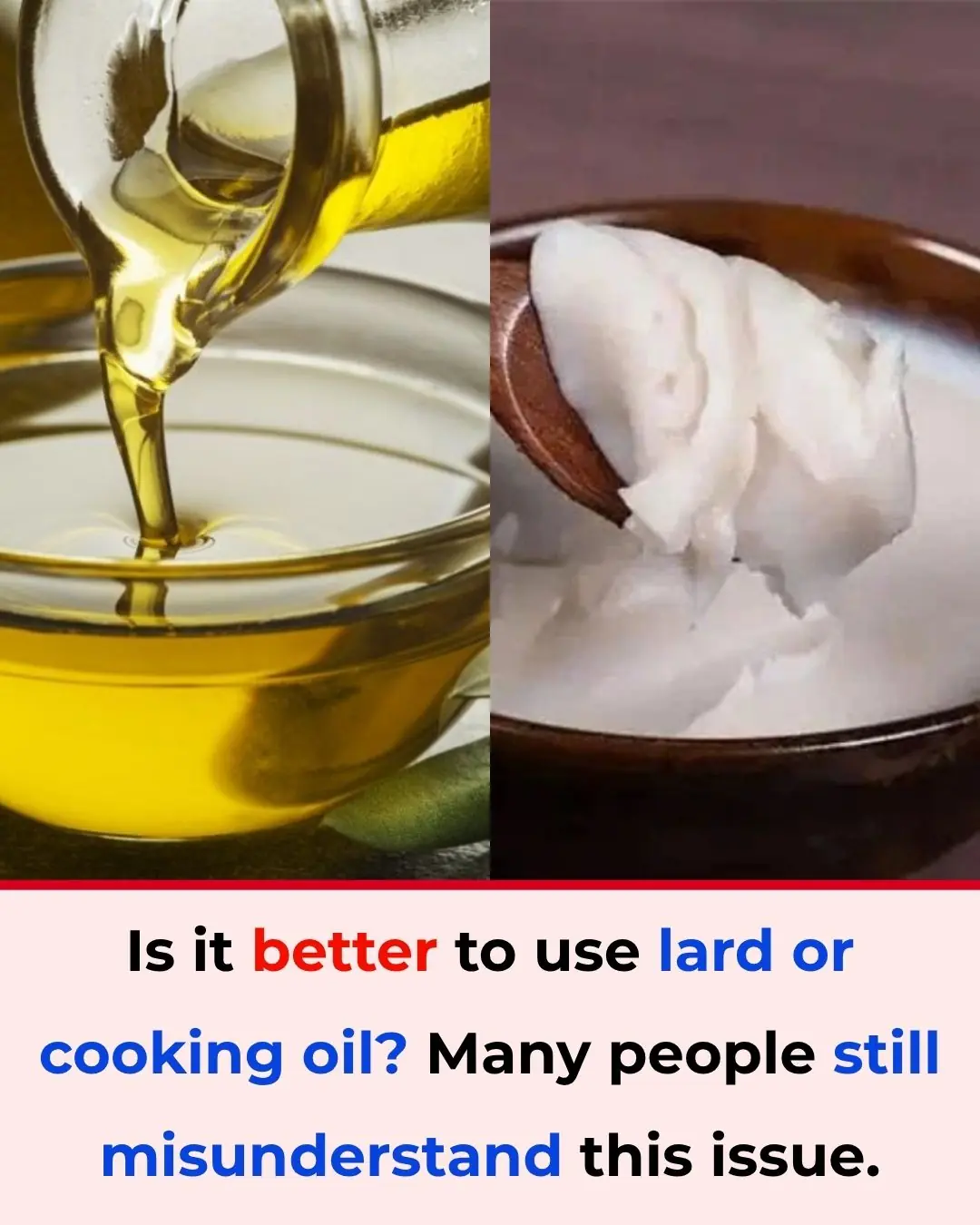
Lard or Vegetable Oil: Which Is Better? Many People Still Misunderstand This Common Cooking Question
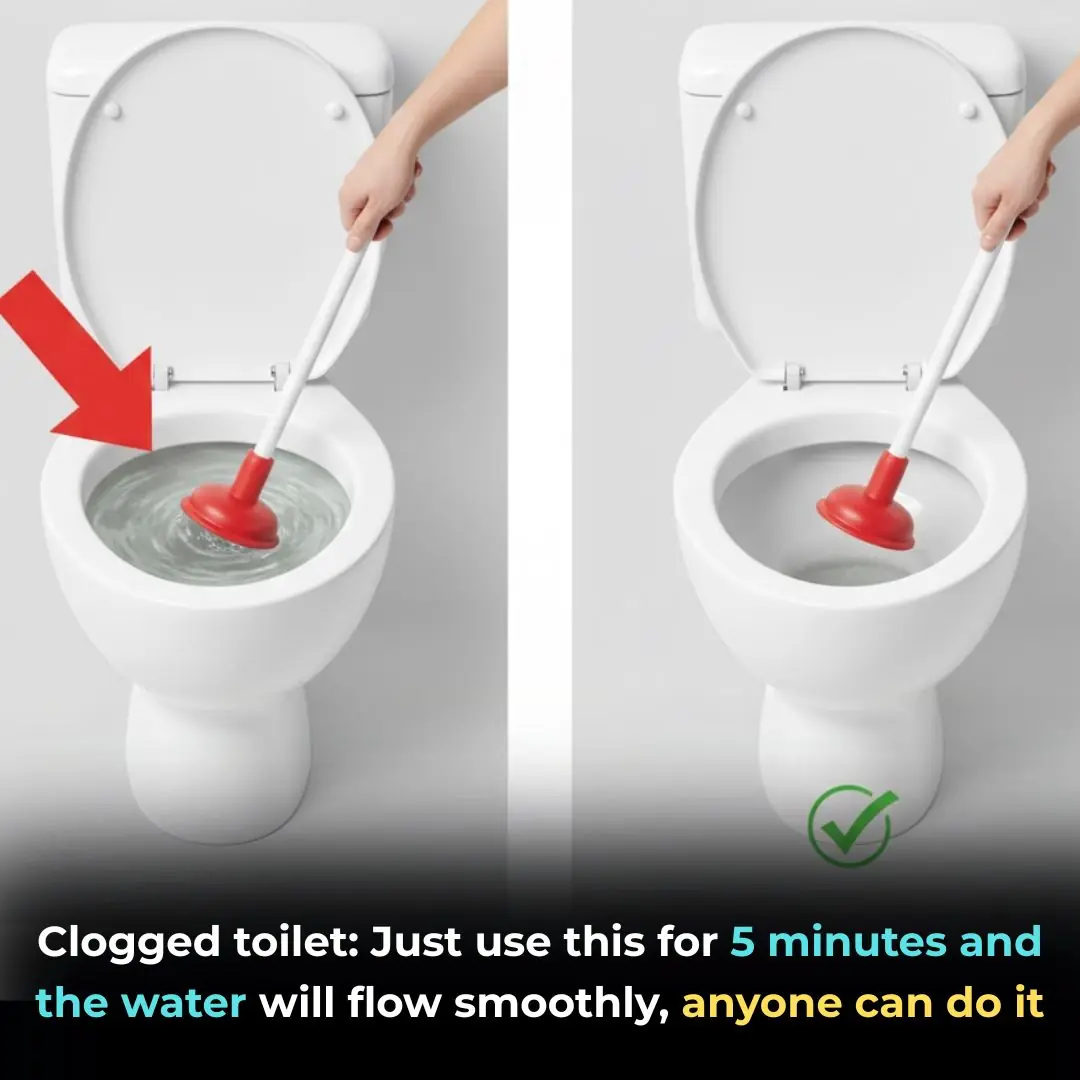
Clogged Toilet? Try This Simple Trick and It’ll Flush Smoothly in Just 5 Minutes — No Plumber Needed

Air Conditioner Blows Air but Doesn’t Cool? Try This Simple Fix Before Calling a Technician
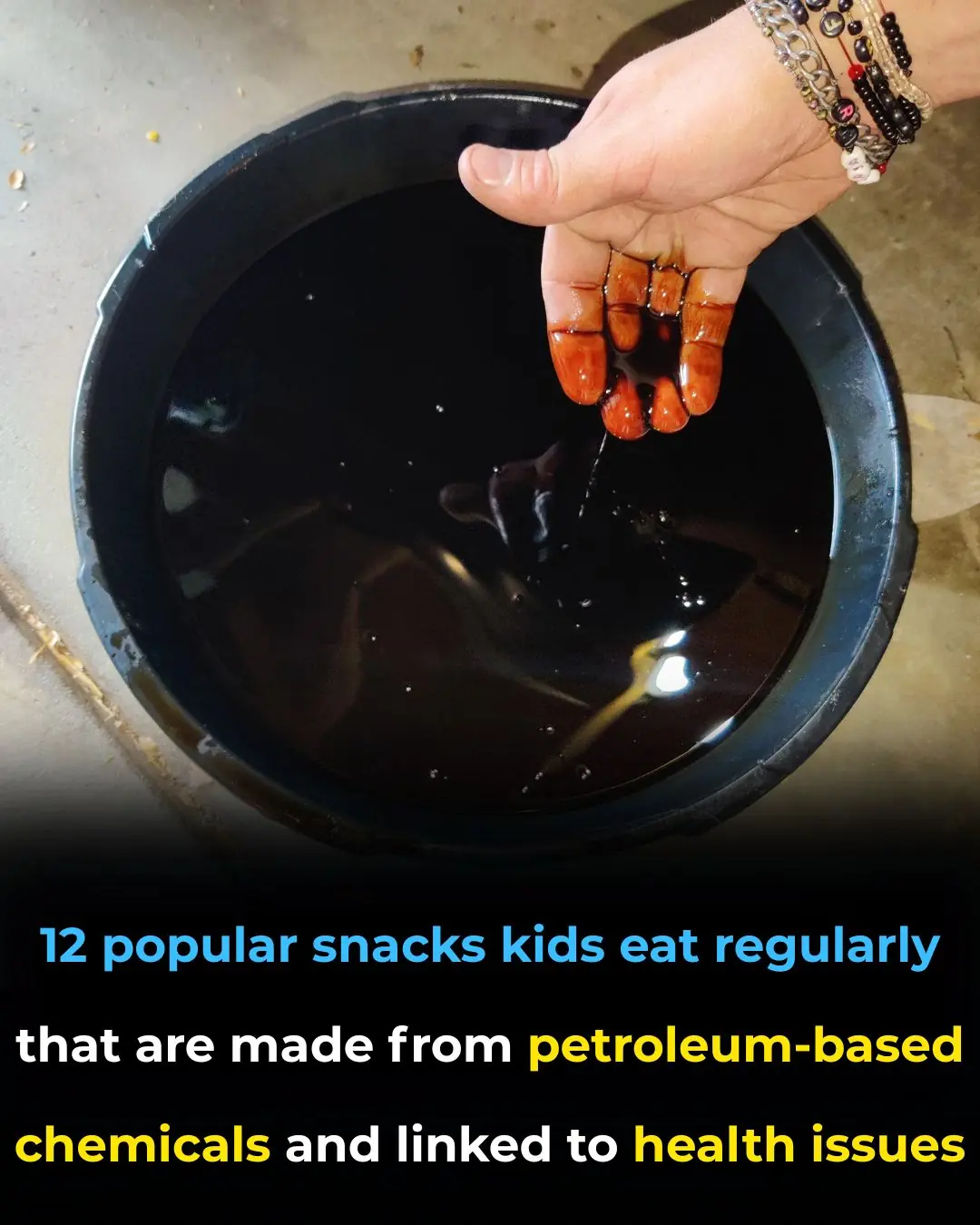
I had no idea about this

Majority Don’t Know What This Sign Means
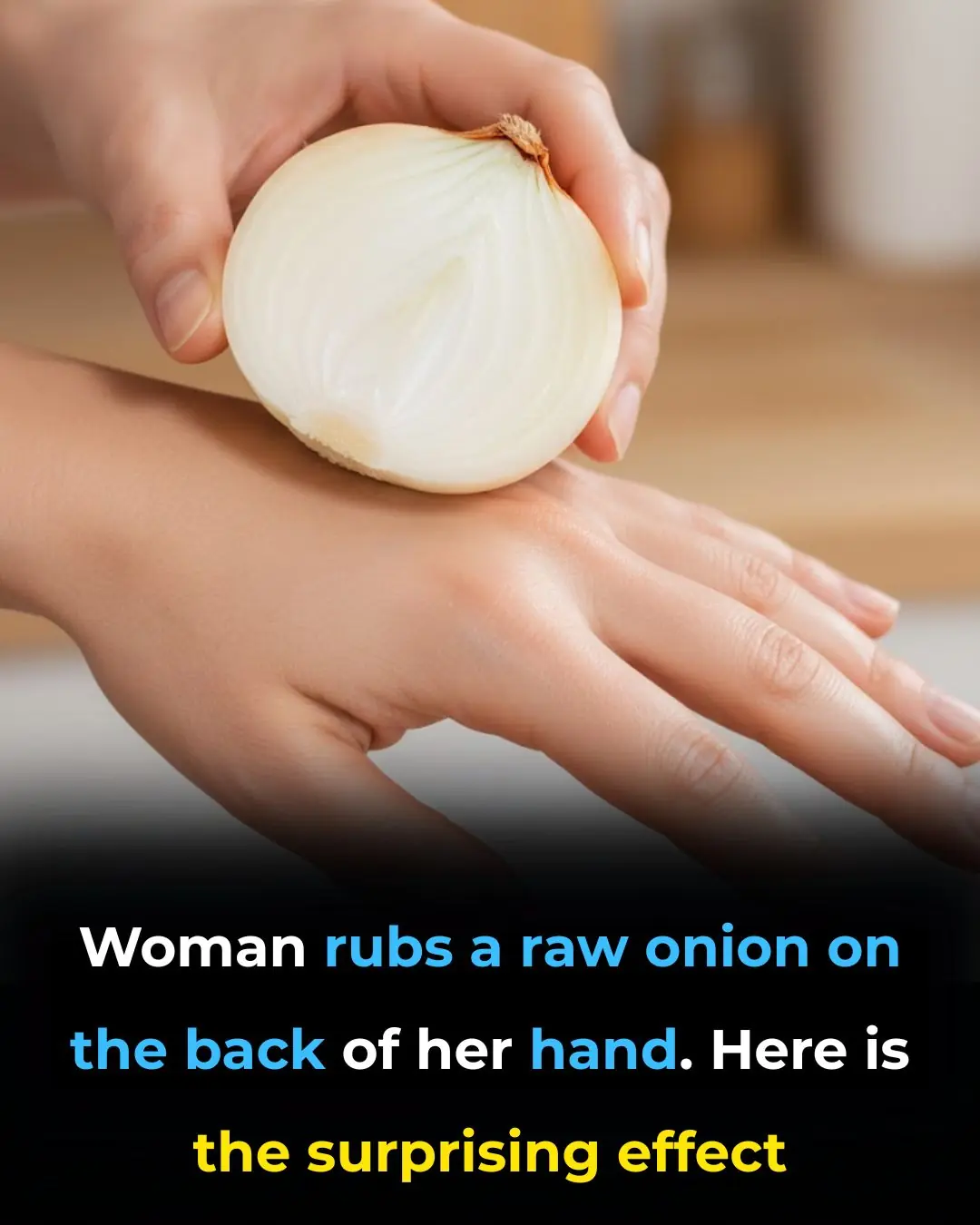
I had no clue about this

Have $2 bills? Their value might surprise you!

Put lemon and baking soda in a glass and place it in a room you frequent. Here’s why

You’re Doing It All Wrong: Here’s the Right Time to Pick Tomatoes

7 Health Problems That Can Arise If You’re Lazy About Drinking Water

10 Foods Cancer Cells “Love” – and Why Eating Them Daily Could Be Risky

Is Eating Spicy Food Every Day Good for You? Surprising Effects of Chili on the Heart, Blood Pressure, and Longevity

If You’re a Gardener, Here’s Why You Should Collect as Many Pine Cones as You Can

You’re Doing It All Wrong. Here’s the Right Time to Actually Pick Tomatoes

Didn’t Realize You Could Do This

‘He was a Snake’: Hugh Jackman’s Ex-Wife Plotting to Expose Everything Following the Actor’s Flirty Red Carpet Debut with Sutton Foster
